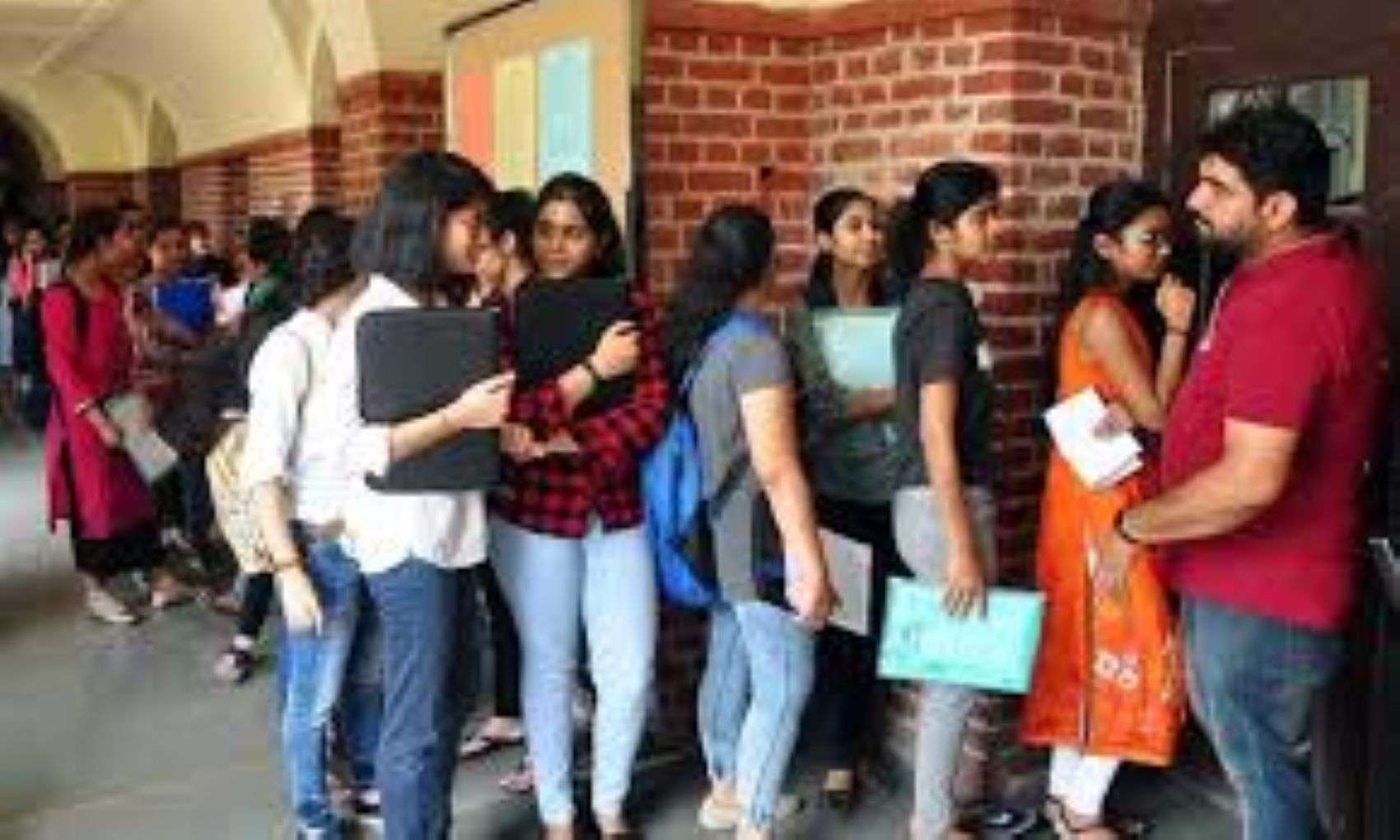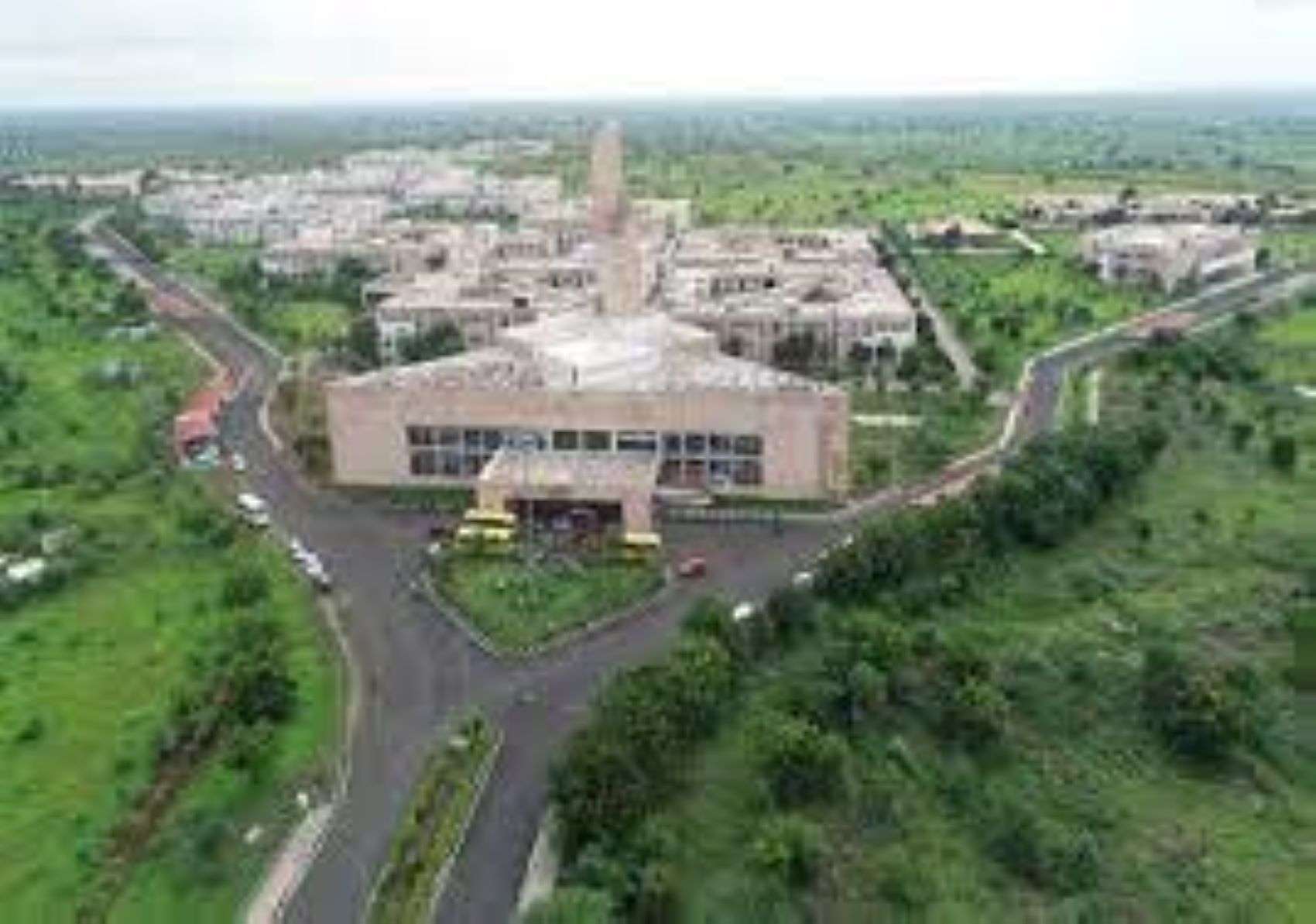Decade norm of 60 kg and revised of 50 kg; adulthood between 19 and 39 years old.
The ICMR-National Institute of Nutrition (NIN) has redefined the ideal or benchmark for Indian adults, men and women, when it comes to age at 19-39 instead of 20-39.
- Body weight was set at 65 kg for males and 55 kg for females, whereas before it was 60 kg and 50 kg respectively, which are ten years old.
- This is based on the latest nationally representative data obtained from the National Family Health Survey-4 (NFHS-4, 2015-16), the National Office of Nutrition Monitoring (NNMB, 2015-16), the World Health Organisation (WHO, 2006-07) and the Indian Academy of Pediatrics (IAP 2015) to “derive acceptable reference body weight values throughout life”.
- The “Recommended Dietary Intakes” and “Nutritional Requirements ” report prepared by NIN, the city-based nodal agency for recommending food allocations and nutritional requirements for Indians, includes Estimated Average Requirements (EAR) and Higher nutrient limits tolerable for the first time.
Food intake
- Recommended Dietary Allowances (RDI) are the daily nutrient intake levels in the diet that would be sufficient to meet the nutritional needs of almost all healthy people, while the EARs are the average daily nutrient intake levels of population.
- The grain-legume-milk composition of a moderately active man’s diet has been improved to 3: 1: 2.5 from the previous 11: 1: 3 in a low cost window given to meet daily protein requirements.
- Visible fat intake for sedentary, moderate and intense activities has been set at 25 g, 30 g and 40 g per day for adult men and 20 g, 25 g and 30 g per day for adult women, against single level previously recommended.
- For the first time, fiber was recommended based on energy intake, and the level of around 40 g / 2000 kcal was considered safe.
- For carbohydrates, the ERO was set at 100 g / day for children 1 year and older with an RDI of 130 g / day.
- Regarding sodium, due to emerging concerns about the prevalence of hypertension, a safe intake of 2000 mg / day is recommended, which is equivalent to 5 g / day of salt; while an intake of 3510 mg / day of potassium is recommended.
- He also recommended a minimum of 400g / day of fruits and vegetables to get sufficient amounts of antioxidant nutrients such as beta-carotene, vitamin C and certain non-nutrients such as polyphenols and flavonoids which can protect against them. chronic diseases.
- This must be supplemented with sufficient amounts of vegetable oil to obtain vitamin E.
- Drinking water requirements for adult males range from 32 to 58 ml per kg of body mass and for women, from 27 to 52 ml per kg of body mass, with the sedentary working group at the low end and the group robust at the upper end of the range.
The needs of children
- For boys, the requirement is more than 60 ml per kg of body mass and for adolescent males it varies between 47 and 60 ml per kg of body mass, while for girls it is 39 to 49 ml per kg of body mass.
- For the pregnant woman, depending on the intensity of labor, the required drinking water varies from 2.1 to 3.2 liters per day. For old age, regardless of gender, the current consensus on drinking water requirements is 33ml per kg of body mass for sedentary activity and 38ml per kg of body mass for moderate activity, according to the report.










More Stories
Registration for CLAT 2025 begins today; last date October 15
CLAT 2025 registration will begin on July 15
Delhi University 5 Year Law Programs Registration Begins